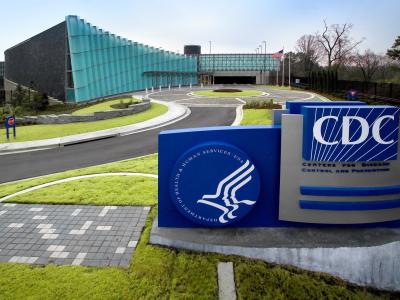
An analysis of antibiotic sales data from 37 countries found that implementation of national action plans (NAPs) for addressing antimicrobial resistance (AMR) was not associated with changes in antibiotic sales, researchers reported yesterday in Infection Control & Hospital Epidemiology.
The study by researchers with the University of Pittsburgh School of Medicine and the University of Toronto looked at pharmaceutical sales data from 37 countries 2 years before and 2 years after they implemented their NAPs. The World Health Organization in 2015 called on countries to adopt NAPs as part of a global effort to reduce AMR.
Tailored to country-specific needs, NAPs help governments identify steps that health agencies, regulators, and nongovernmental organizations should take to improve infection control, expand antimicrobial stewardship, and curtail inappropriate antibiotic use. The researchers undertook the study because the evidence of the impact of NAPs on antibiotic sales is limited.
Few NAPs explicitly target reduced antibiotic use
Across all countries, the antibiotic sales rate was 1.8% lower at eight quarters post-NAP implementation relative to pre-implementation trends. Country-specific effects ranged from –38.3% to 65.3%. Only three countries experienced significant declines in antibiotic sales (Jordan, –19.6%; South Africa, –33.2%; and Indonesia, –38.3%), while three countries saw significant increases (Peru, 12.5%; Vietnam, 52.9%; and Thailand, 65.3%).
When stratified by sector (retail/hospital), prescription status, and AWaRe (Access, Watch, and Reserve) classification status, the association between NAPs and antibiotic sales remained insignificant.
The study authors say one explanation for the results is that, of the 26 NAPs available in English, only 7 identified antibiotic reduction as an explicit goal, and only 3 of those set a measurable target to improve antibiotic use.
"The international effort to contain AMR requires not only broad health policy consensus but also political commitment, actionable goals, local and national infrastructure, and the capacity to translate policy into effective action," they concluded. "These findings underscore the need to develop more rigorous methods of assessing NAP effectiveness and closely study the strategies of countries that realized a decrease in consumption."

















